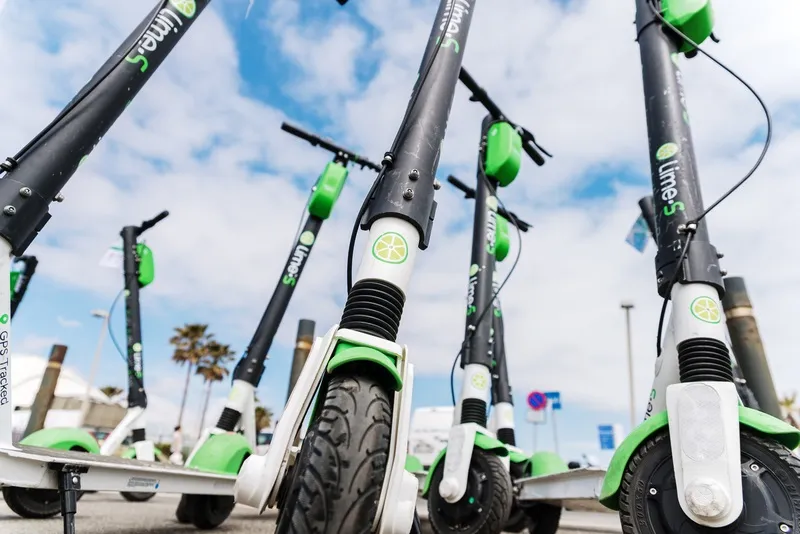
Two attacks on London’s bridges, in March and June 2017, left 14 people dead, with nearly 100 injured, many critically. The main weapons involved were a car and a van, respectively, followed by random knife attacks. In both incidents, the vehicles were driven at high speed towards pedestrians, killing several, before the perpetrators abandoned their vehicles and took to the surrounding area on foot, stabbing people as they went. All four perpetrators (one on Westminster Bridge in March, three on London Bridge in June) were killed by police. In April that year, five people were killed by a terrorist in a truck in Stockholm; in August, 13 people died on the famous La Rambla in Barcelona in a similar attack; and in October, the same modus operandi killed eight people in New York City. The list goes on: sobering reminders of the ease with which old, easy-to-access technology can do great harm.
One UK-based Iraqi national, Farhad Salah, planned to do more. Like many of the other attackers, he was – or claimed to be – a supporter of the Islamic State group. But rather than sacrifice himself, he was going to use new technology to ensure that he would not be a martyr: in July this year he was sentenced to 15 years in jail for plotting to use a driverless car to carry a bomb. He was convicted at Sheffield Crown Court of planning to put an explosive device in a vehicle which could then be controlled remotely.
Terrible possibilities
Back in 2015, ITS International warned of “the potential security risks posed by an unoccupied AV delivering a terrorist’s payload to the centre of a city”. As this court case shows, the threat has not dissipated: a mixture of radical ideology and smart technology may mean it is going to increase. Even without the added complication of a bomb threat, AVs create terrible possibilities.
An AV driven into a crowd would have a similar awful effect on life and limb – but would not require a driver to sacrifice themselves. “Imagine that you don’t have to get in the vehicle, you don’t have to be in the same city – or even the same country,” warned Mike Gillespie, MD of security firm Advent IM, earlier this year at the IFSEC International 2019 security conference in London.
They would still be able to cause the ‘same mayhem’, he suggested. City authorities all over the world have taken obvious measures, such as placing barriers around possible targets; and such anti-terror technology is, in turn, becoming more sophisticated. For example, Italian firm EPS last year released its Hostile Vehicle Mitigation (HVM) system, which consists of a series of hexagonal bases, each holding a large vertical pillar. Made of steel throughout, the individual bases can be connected with steel pins to create a customised barrier – a design based on the interlocking basalt columns which make up the Giant’s Causeway in Northern Ireland. This will ensure a vehicle slumps on top of the pillars if it gets over the first column, EPS insists.
Grim calculations
The basic weight of each HVM unit is 281kg, but the rigidity of the system can be increased by slotting a solid steel weight inside each of the vertical pillars - boosting the weight to 700kg. The company says its tests show the system is capable of withstanding the impact of a 3.5-tonne truck being driven at it at 48km/h.
The grim reality is that such calculations are necessary. Farhad Salah was caught. But the fact remains that he has just begun a long prison term because he was planning an attack. It would be naïve to think that he is the only one to have spotted the sinister possibilities of AV technology. For all their potential benefits, driverless vehicles are potential weapons. Terrorists who have hijacked vans and trucks to drive into crowds – causing death and injury to pedestrians – could use AVs to achieve a similar result with no risk to themselves.









